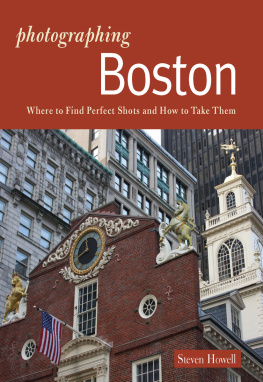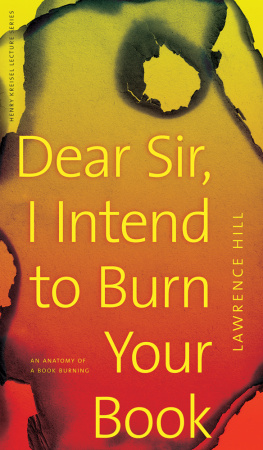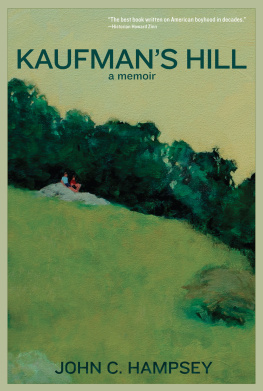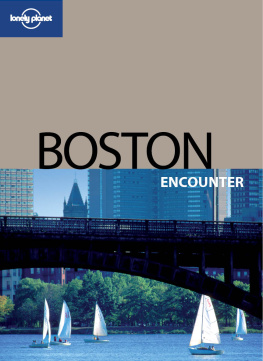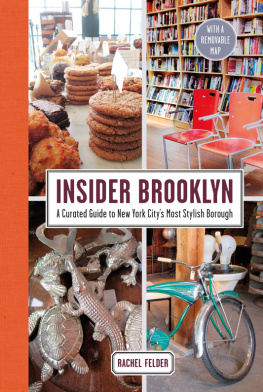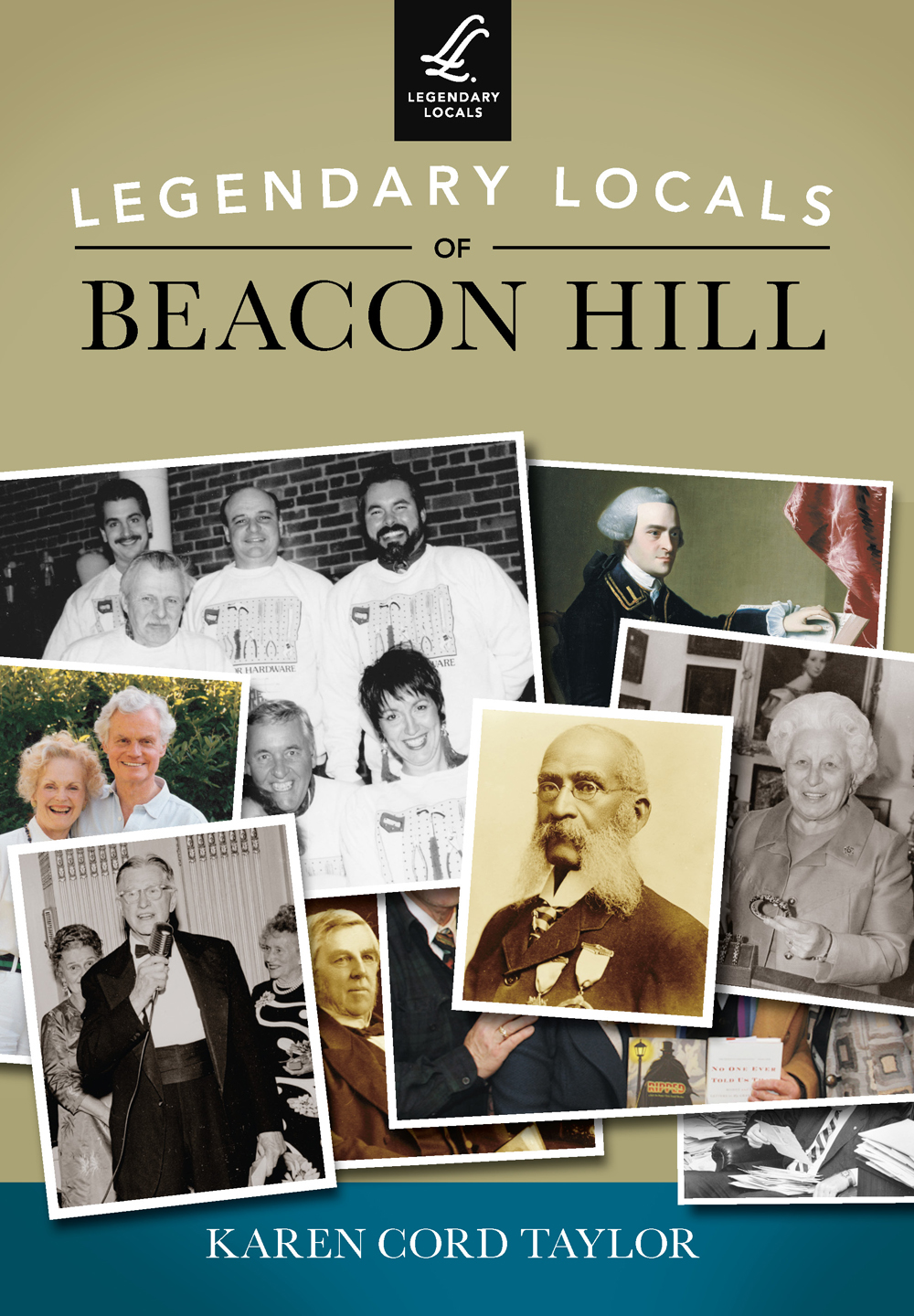
LEGENDARY LOCALS
OF
BEACON HILL
MASSACHUSETTS
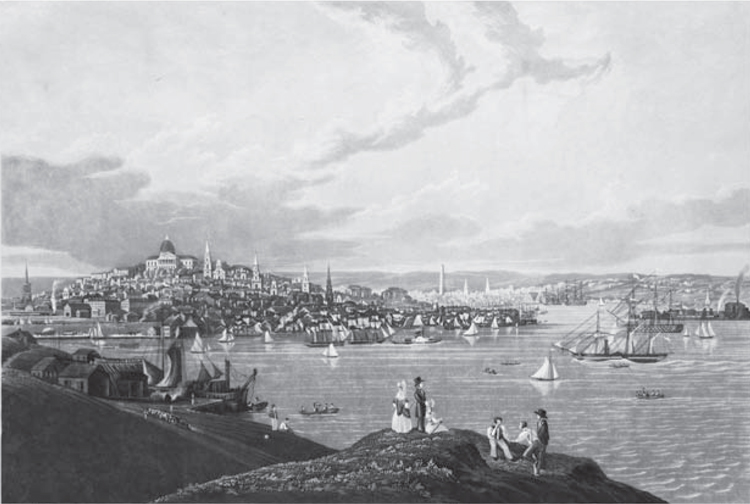

A Map of Beacon Hill
The neighborhood is nicely situated amid the Boston Common and Public Garden, the Charles River Esplanade, state office buildings, including the Massachusetts State House, and the street leading to Cambridge over the Longfellow Bridge. (Beacon Hill Garden Club.)
: A View of the City of Boston from Dorchester Heights
The Massachusetts State House upon Beacon Hill has a commanding presence in this engraving, made about 1841. Church towers and the Bunker Hill Monument in Charlestown are other notable features. It is possible to see Beacon Hills Beacon Street houses to the left of the State House. (Boston Public Library.)
LEGENDARY LOCALS
OF
BEACON HILL
MASSACHUSETTS
KAREN CORD TAYLOR

Copyright 2014 by Karen Cord Taylor
ISBN 978-1-4671-0149-3
Ebook ISBN 9781439647219
Legendary Locals is an imprint of Arcadia Publishing
Charleston, South Carolina
Library of Congress Control Number: 2013955326
For all general information, please contact Arcadia Publishing:
Telephone 843-853-2070
Fax 843-853-0044
E-mail
For customer service and orders:
Toll-Free 1-888-313-2665
Visit us on the Internet at www.arcadiapublishing.com
Dedication
For the courteous, dignified, witty Grand Old Man of Beacon Hill, John Winthrop Sears.
On the Front Cover: Clockwise from top left:
Gurnon family members and their staff at Charles Street Supply (Gurnon family; see ).
On the Back Cover: From left to right:
Eugenie Beal and Henry Lee with friends and accomplices (Beacon Hill News archives; see ).
CONTENTS
ACKNOWLEDGMENTS
Thanks go to the following people for telling me their stories and plying me with photographs: Samantha J. Goudreau and MaryLee Halpin, Beacon Hill Civic Association; Kate Enroth, Beacon Hill Circle for Charity; Janie Walsh, Beacon Hill Garden Club; Lucinda Ross, Beacon Hill Nursery School; Carolle Morini and Peter Walsh, Boston Athenaeum; Prof. Jeffery Howe, Boston College; Arthur Pollock, Boston Herald; Jane Winton and Aaron Schwartz, Boston Public Library; Jim Wood, Church of the Advent; Liz Vizza, Friends of the Public Garden; Sara Garber and Kristina Kashanek, Goody Clancy; Kathy Kottaridis and Stanley Smith, Historic Boston; Penny Leveritt, Historic Deerfield, Inc.; Lorna Condon, Abigail Cramer, and Susanna Crampton, Historic New England; William Kuttner, Kings Chapel; Christine Wirth, Longfellow House-Washingtons Headquarters National Historic Site; Garyfallia Pagonis and Chris Nims at the Massachusetts Eye and Ear; Jeff Mifflin, Massachusetts General Hospital; Victoria Donahue, the Museum of Fine Arts, Boston; Marilyn Schacter and Beverly Morgan-Welch, Museum of African American History; Flavia Cigliano, Nichols House Museum; Sr. Kristina Frances and Sr. Adele Marie Ryan, Sisters of St. Margaret; Rachel Spilecki, Vilna Shul; Duane Lucia, West End Museum; Sally Hinkle; Dr. Joseph Ingelfinger; Steve Judge; Nancy Macmillan; William Owens; Medb Sichko; Peter Thomson; and all the Beacon Hill families who helped with this project.
In courtesy lines for images, some sources have been abbreviated as in the Beacon Hill News archives (BHN), the Boston Public Library (BPL), the Beacon Hill Civic Association (BHCA), the Beacon Hill Times archives (BHT); Historic New England (HNE), Massachusetts General Hospital (MGH); the Museum of African American History (MAAH), and the Nichols House Museum (NHM).
INTRODUCTION
First, get your bearings. Beacon Hill is a neighborhood in downtown Boston. About 9,000 residents live in a rough square about a quarter mile long on each side.
Not all of Beacon Hill is on a hill.
The western edge of the neighborhood is at Storrow Drive along the Charles River. That part is flat until it meets Charles Street, where it begins to rise. Flat terrain in Boston is likely to be filled land, and that is what happened to the flat of the hill. It was created in the 19th century from soil and rubble scraped off the top of three hills, known as Trimountain, when Boston was first settled. A beacon was erected on the highest of those hills in 1634. Now at the top of that scraped-down hill sits Charles Bulfinchs Massachusetts State House, the early copper dome of which was fashioned by Paul Reveres foundry.
On the south, Beacon Street separates the neighborhood from the Boston Common and the Boston Public Garden. This side of the hill is called the south slope.
The eastern edge is now Bowdoin Street. The boundary used to be past Somerset Street, but in the mid-20th century, officials bulldozed ancient streets in a development frenzy and the state built high-rise office buildings on those blocks.
On the north, the Beacon Hill neighborhood stops at Cambridge Street. This side of the hill is called the north slope.
Boston began in 1630 as a British colonial city settled by Puritans, many of whom came from the port city of Boston, England. They first settled in Charlestown. But water was scarce, so they moved across the Charles River to the Shawmut Peninsula, which is the location of downtown Boston now.
Beacon Hill houses are not from the colonial period. Except for a few notable houses overlooking the Boston Common and a few small houses running down the hill toward the north, Beacon Hill was mostly orchards, pasture, scrub, and marsh until 1798 when the Massachusetts State House was finished. After the State House set the tone, real estate developers began building in earnest.
Housing styles follow the history and slope of the hill. Most of the earliest houses, built around 1800, are at the top of the hill. These are Federal in style.
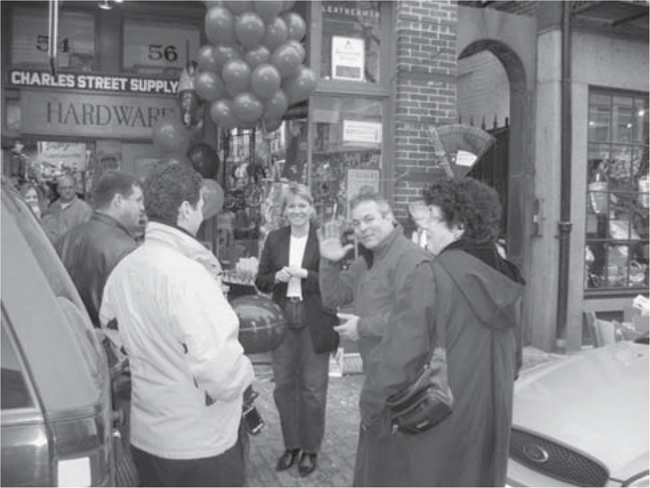
A Neighborhood Gathering Place
Charles Street Supply owner Jack Gurnon and wife, Cassie, are always ready to throw a party. Their store is a place to meet ones neighbors. (BHT.)
By the 1840s, more housing had been built on the lower slopes. During that period, the Greek Revival style became fashionable. The flat of the hill was filled in gradually over about a century. Many of the houses in this area are Victorian-era row houses, converted carriage houses or stables, or they were built in the Colonial Revival style in the early 20th century. Flat-roofed tenement buildings now occupy much of the north slope of the hill. They replaced small workers houses in the late 19th century to accommodate the influx of eastern and southern European immigrants arriving on these shores.
Housing styles are important to those living on Beacon Hill. The buildings are mostly old and well preserved. They are governed by the Beacon Hill Architectural Commission, which must approve every change visible from a public way that owners make to their houses. This includes repainting a front door in the same color.
Tour bus guides seem fascinated by the wealth in the neighborhood, but those who live here prize most Beacon Hills sense of community, its walkability, and its quirkiness. Again and again, those whose pictures appear in the latter part of this book said they moved to Beacon Hill because they would always find someone more eccentric than they were.
Next page

